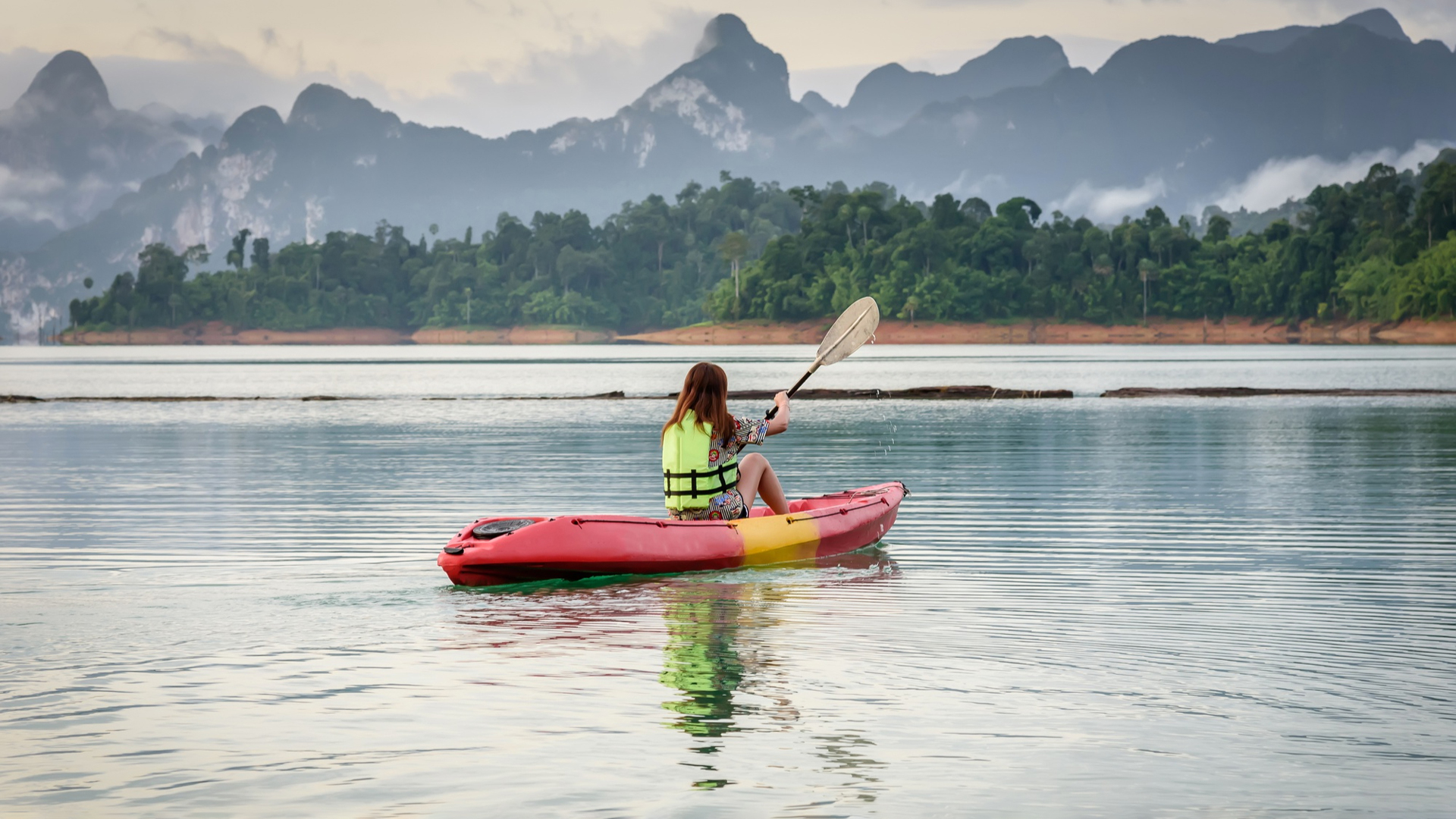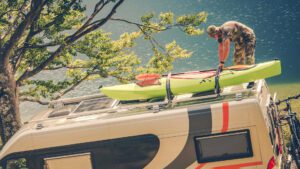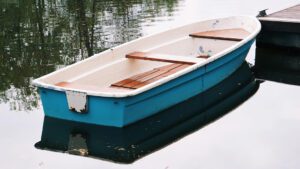Kayaking is a water sport that is sure to give you an adrenaline rush like no other! If you want to learn the basics of kayaking, read my guide for beginners to get on the course!
Kayaking 101 For Beginners
In this guide I will go over everything you should know as a beginner in kayaking. I will cover everything from the essential gear to kayaking techniques every newbie should practice. Lets begin!
Essential Kayak Gear For Beginners
Before you head out on the water to start your kayaking adventure let’s first take a look at essential kayaking gear that you will need:
Paddle
A Paddle is just as important as you kayak as it acts as a sort of motor in your boat. Before choosing a paddle, consider it’s size and type because it significantly affects how much effort you need to move around.
Personal Floatation Device
A well-adjusted kayak personal flotation device (PDF) is non-negotiable when kayaking. Trust me, it’s a life saver! It keeps you afloat in case an accident. A life jacket should fit well without feeling too tight or too lose.
Bilge pump
Also known as a bailer, a bilge pump removes any unwanted water from your kayak, where water can pool inside the cockpit.
Helmet
Wearing a helmet can protect your head from sharp rocks and other objects in case your kayak flips over.
Optional Items You Might Need For Kayaking
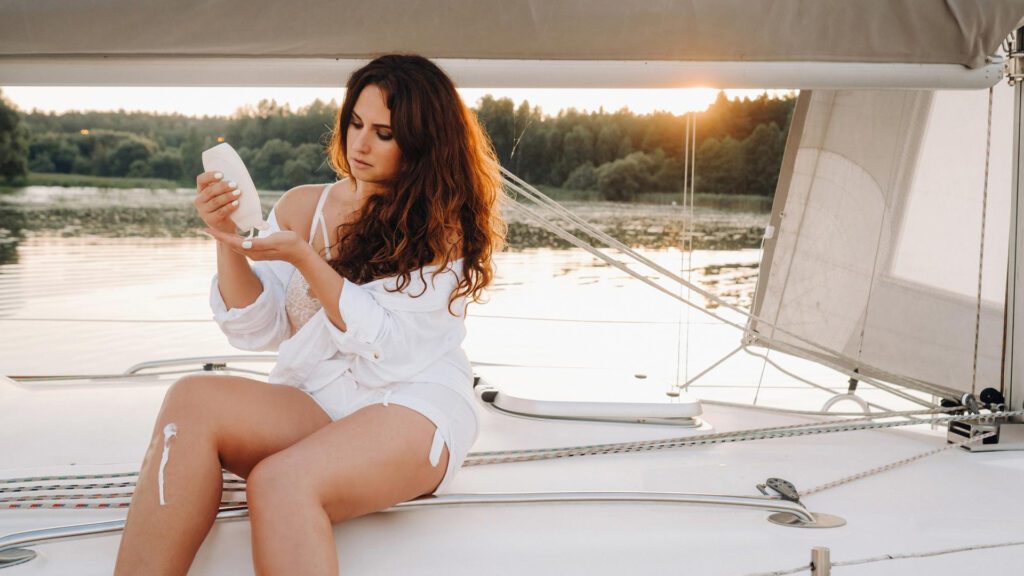
Aside from the essential gear I mentioned above, here are some optional items you should bring to make your kayaking trip more comfortable:
- Sunscreen: Be sure to bring sunscreen with enough SPF to protect your skin from harmful sunburns.
- Spare Paddle: Always bring a backup paddle in case you accidentally lose or damage the one you’re using.
- A Dry Bag: Be it phone, snacks or extra layers of clothing dry bags keep them safe from water.
- Appropriate Clothing: Dress for the weather and check how the temperature will fluctuate throughout the day.
- River Knife: Bring a knife so you can cut your kayak loose if you end up in an old fishing trap.
Understanding Different Types Of Kayaks
If its your first time kayaking, choosing the right kayak can be quite tricky. Here’s an overview of the different types of kayaks and which one you, as a beginner should choose.
- Sit-on-top Kayaks: These kayaks don’t have enclosed seats, so it’s easier to enter and exit compared to other types.
- Sit-in Kayaks: These kayaks are long and have smaller cockpits. Sit-inside kayak tend to be quite narrow and long, and are made for people with good kayaking skills.
- Recreational Kayaks: These are perfect for calmer, smoother kayaking experiences. These boats are shorter in length and have bigger cockpits for more storage and comfort.
- Whitewater Kayaks: These kayaks are often used in activities that require more power and technique. This kayak comes in four types; longboats, river runners, creek boats and playboats.
- Inflatable Kayaks: These kayaks are best used for a more relaxing water experience. These kayaks are easy to store, transport and operate, similar to sit-on-top kayaks.
- Single Kayaks: If you’re a solo kayaker, a single kayak can be ideal. Single kayaks are often lighter, making them quicker on the water.
- Tandem Kayaks: These are also known as double kayaks. They have two seats and require some coordination between both paddlers to maneuver in the water.
Choosing The Right Kayak For Beginners
For your first kayaking trip you’ll need to choose between single kayaks or double kayaks. Sit-on-top kayaks offer an easy-to-balance platform which makes them perfect for newbies.
Getting In And Out Of A Kayak
Getting into a kayak from the shore is much easier, especially if you’re new to kayaking. If you’re concerned about scratching your hull on the ground, move the kayak into the shallow water and climb in there.
Getting Into Your Kayak
- Line the kayak parallel to the shore.
- Stabilize yourself by placing your paddle at a 90-degree angle behind the seat.
- Sit on the half and slide along the paddle and onto the kayak while holding onto the paddle underneath and next to you.
- Move into the seat.
- Lay the paddle across your lap. Use your hands or your paddle to push off the shoreline.
Exiting Your Kayak
- When exiting, paddle your kayak as close to the land as possible.
- Turn your body to face the dock and pull yourself out of the kayak.
- Swing your legs out of the kayak, gain your footing and stand up.
Easy To Learn Kayaking Techniques For Beginners
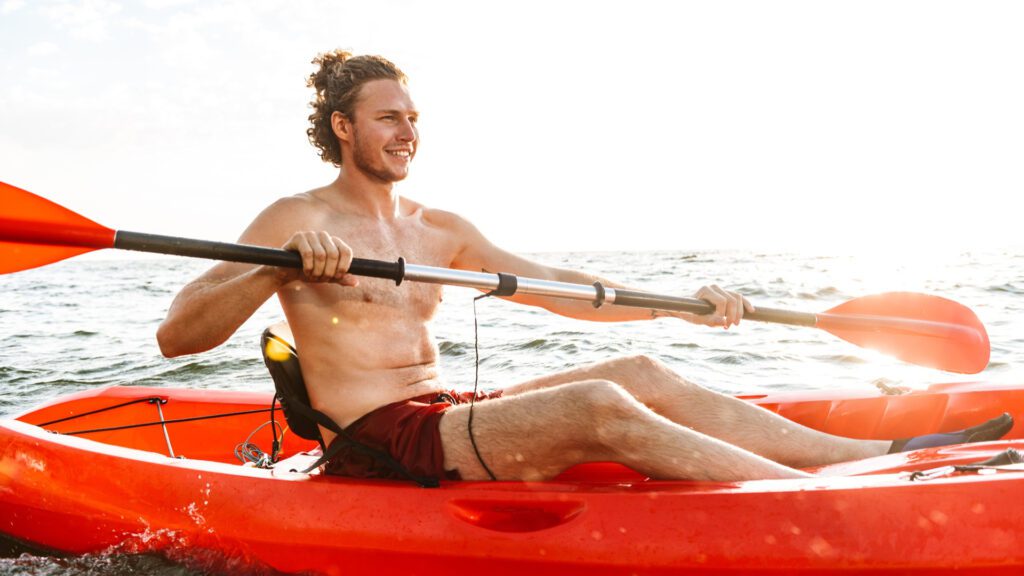
Once you know how to enter and exit the kayak, it’s time to learn about paddling techniques.
Before entering the water, you should first learn how to handle the paddle. The proper way to hold a paddle is to hold the shaft of your paddle slightly farther than shoulder width apart.
Maintain a relaxed but firm grip on the shaft and place the kayak paddle blade into the body of water while keeping your knuckles pointed upward.
Now, follow these steps
- Sit in your kayak with a straight back and your legs in front of you. Put a slight bend in your knees and rest them.
- Place the balls of your feet and adjust the foot pegs so that your knees are slightly bent and can comfortably touch the sides of the kayak.
- To move forward, tighten your core and pull the paddle back toward you and remove it from the water. Use this technique on both sides.
- If you want to stop your kayak, put your paddle in the water and hold it there.
- If you want to turn your kayak to the left, then paddle only on your right and vice versa.
Basic Kayaking Paddle Strokes
There are four essential paddling strokes that help you move around.
- Forward Stroke: This basic stroke moves your kayak forward.
- Reverse Stroke: This stroke moves your kayak backward.
- Sweep Strokes: This stroke is used to flip a kayak around.
- Draw Stroke: This stroke to move your kayak sideways.
Beginner Kayaking Tips And Tricks
Make things easier for your first kayaking trip with these tips and tricks:
- Choose a small, calm body of water. Lakes or ponds with little or no powerboat traffic are ideal.
- Go on a sunny, windless day. This will keep complications low and comfort high.
- Limit your first trip to an hour and then extend as you feel comfortable.
Kayaking Safety Tips For Beginners
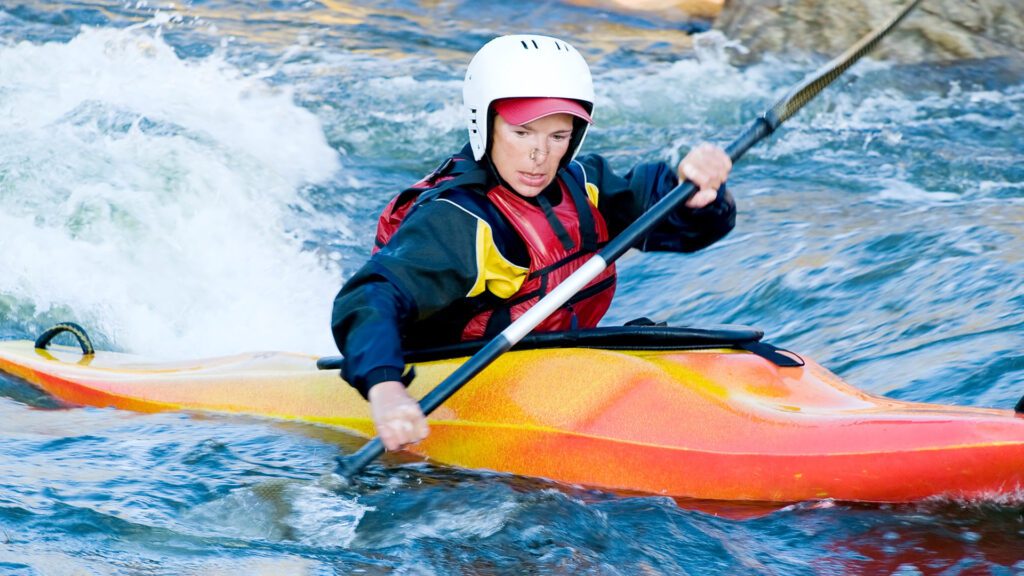
Keep these critical rules in mind when you are learning to kayak to ensure a safe trip:
- Never go kayaking alone, always have a friend who can swim when out on open water.
- Always wear kayaking helmet and flotation device to ensure safety.
- Never drink or use drugs while kayaking as being intoxicated can cause you to loose focus.
- Always check the weather report and water conditions before kayaking. If the forecast looks rough, save your trip for another day.
- Ensure your kayak is parallel to waves to avoid capsizing.
Things to Consider As You Advance
Once you’ve learned how to kayak as a beginner, you’re gonna want to enhance your skill level and take on whitewater kayaking. Below are a few things you should learn before you go for whitewater kayaking:
- Learning how to low brace will also prevent you from rolling in the first place.
- Learn how to roll and recover in case you capsize.
- Learn the techniques necessary to swim to safety if you end up outside of your kayak.
Now You Know All The Kayaking Tips For Beginners
Once you learn the basics of kayaking a world of waterways can open up to you.
Kayaking is a fun way of spending time on the water and with this complete guide for beginners you’ll enjoy each and every moment of it.

